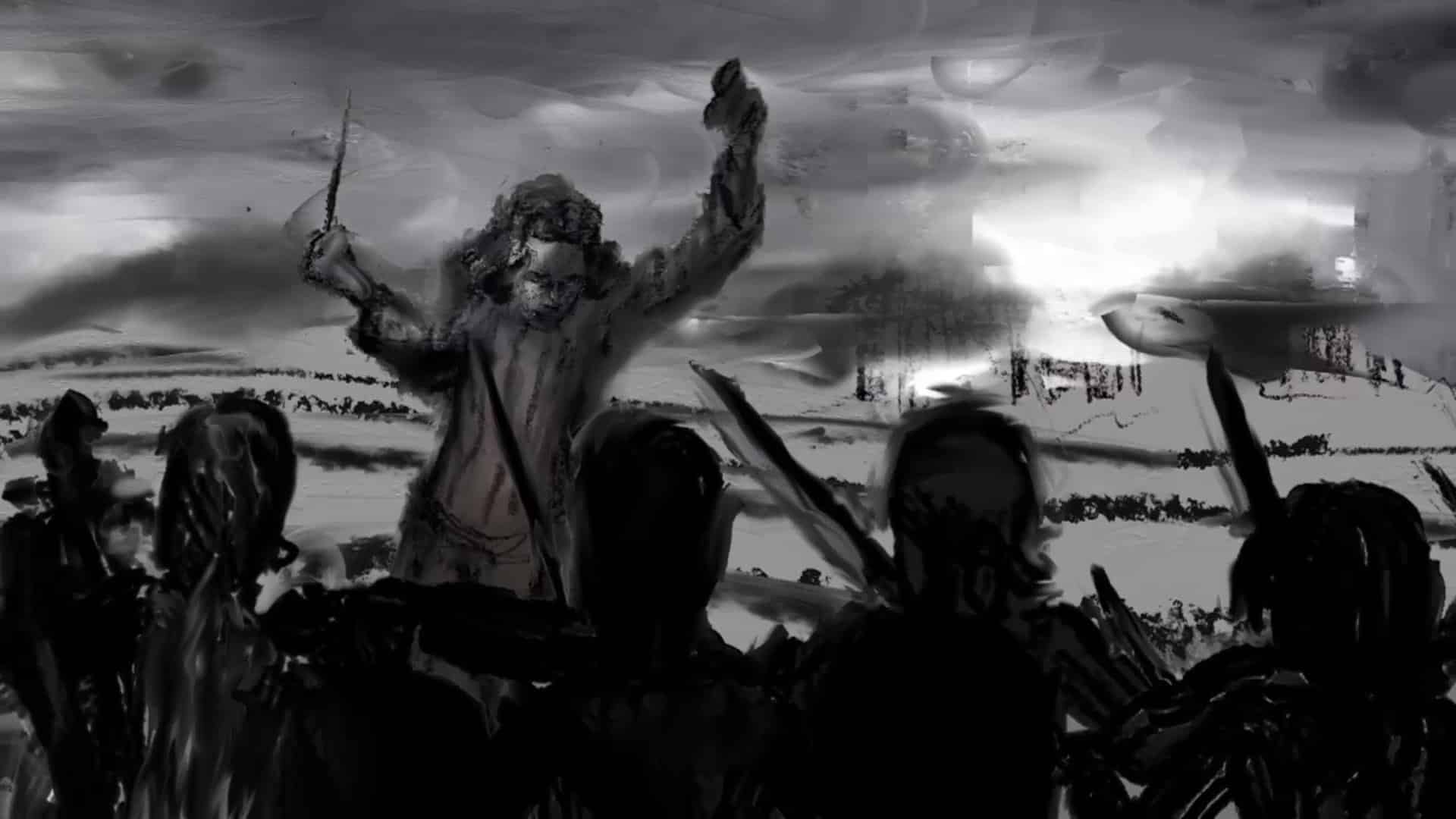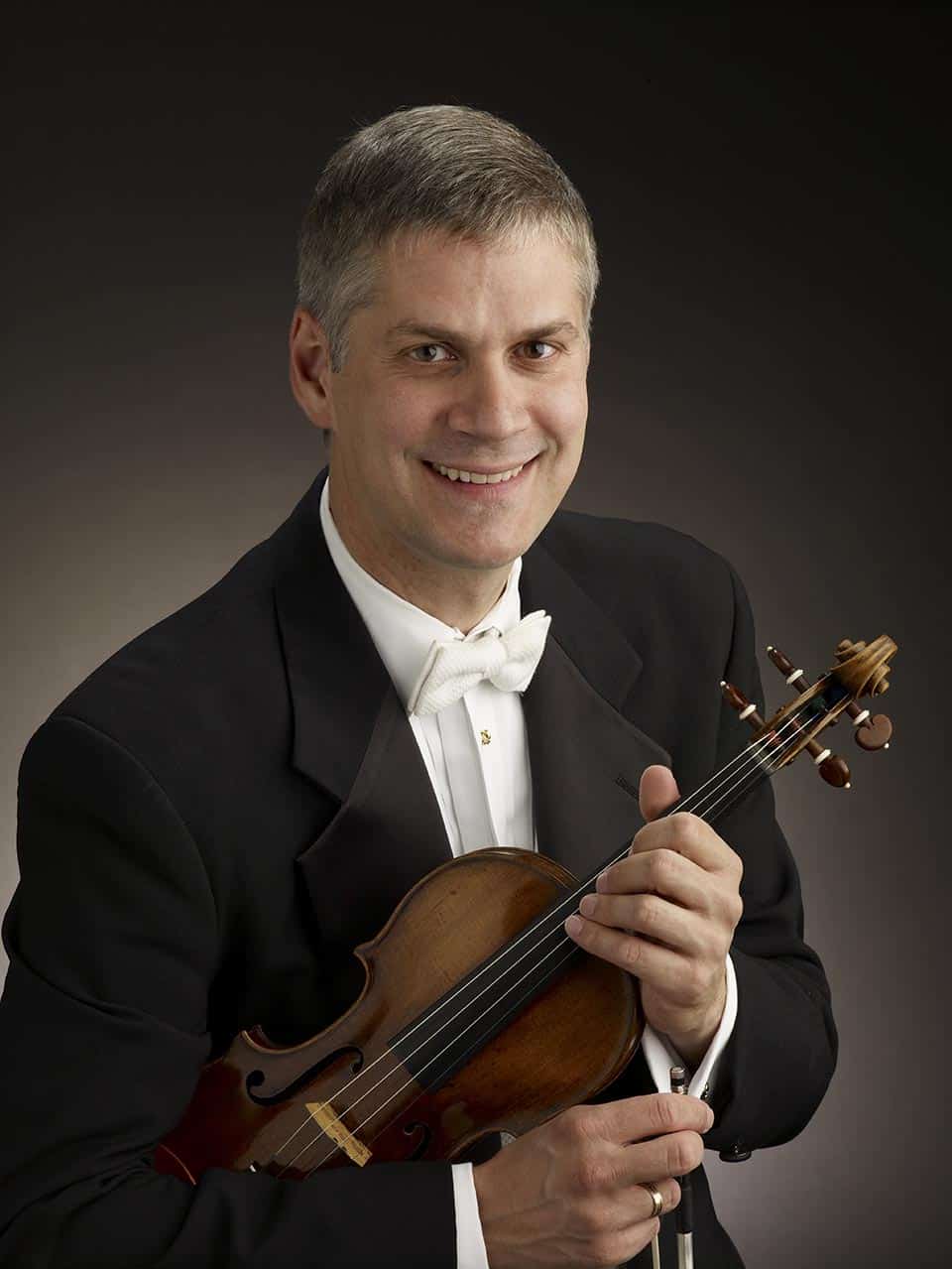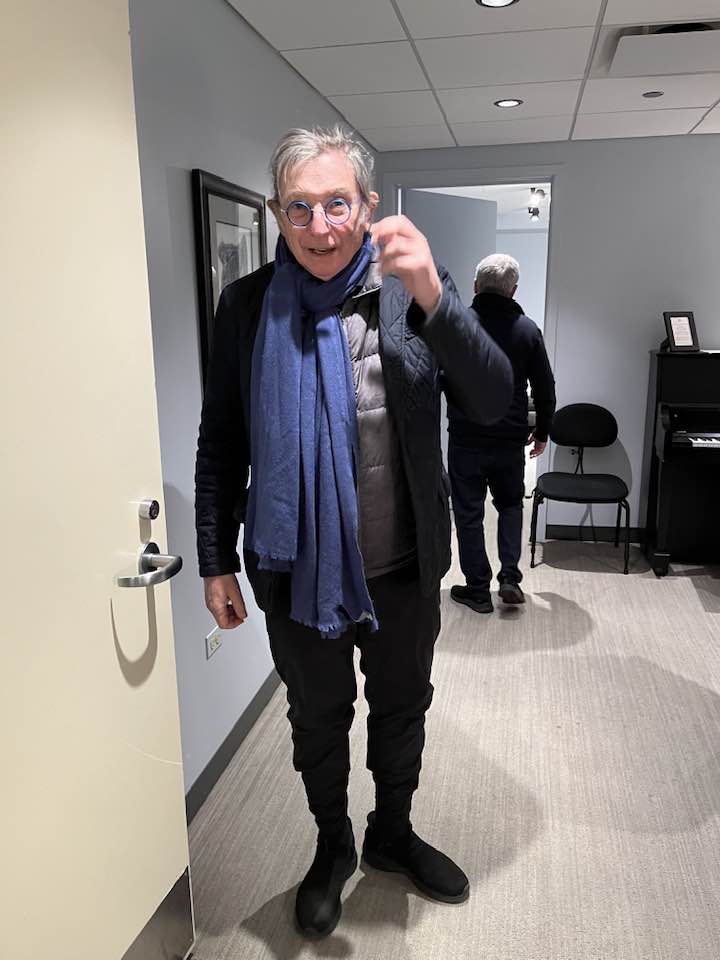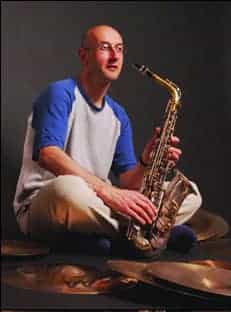New study of Auschwitz women’s orchestra
NewsBook news (from the Bookseller):
Weidenfeld & Nicolson have commissioned Anne Sebba to write a hstory of the Auschwitz Women’s Orchestra.
The blurb reads: ‘In 1943 a women’s orchestra was formed at one of the most brutal death camps ever created, on the order of German SS officers. Some forty-seven or so young girls played in this hotch-potch band of hurriedly assembled instruments. For almost all of them it saved their lives.
‘Amidst all the horrors how did such things come to exist? Was it aimed at masking the atrocities in the camps, or to provide solace to the perpetrators? And what was the effect on those who owe their survival to being a part of this project and the inevitable compromises that were made?’






whose sadistic idea was it?
this might be of interest
https://www.spectator.co.uk/article/conduct-unbecoming-18-october-2018
There are already numerous first-account books written by women who were actually in that orchestra – one might start with Anita Lasker Wallfisch’s (cellist) “Inherit the Truth”.
There have been several–I would not say “numerous”–accounts by women in the orchestra. The one by Anita Lasker (Wallfisch) is definitely the place to start.
The book “Playing for Time”–the title in its English translation–by Fania Fénelon is the best known account, and the basis for the movie with Vanessa Redgrave.
There are two problems with Fénelon’s account. A lesser one is her use of pseudonyms to refer to the women. The biography of Alma Rosé by Newman and Kirtley does inform readers whom the pseudonyms stand for, but not everyone knows that biography.
The bigger problem is the inaccuracy of much of what Fénelon recounts. Anita Lasker deals with some of this, but there is a whole book about Fénelon’s inaccuracies: Susan Eischeid, The Truth about Fania Fénelon and the Women’s Orchestra of Auschwitz-Birkenau (Palgrave, 2016).
Aside from the account by Anita Lasker, I am aware of one other account in English by a member of the orchestra: Helena Dunicz Niwińska, One of the Girls in the Band. The Memoirs of a Violinist from Birkenau (Auschwitz-Birkenau State Museum, 2017).
There are a few accounts by other members of the orchestra in languages other than English.
There is a book in German about the women’s orchestra: Gabriele Knapp, Das Frauenorchester in Auschwitz, Musikalische Zwangsarbeit und ihre Bewältigung (Hamburg, von Bockel, 1996).
The fascinating book “Alma Rosé – Vienna to Auschwitz”, by Richard Newman and Karen Kirtley, discusses this women’s orchestra in much detail and is very readable.
Alma Rosé, who became orchestra conductor, was niece of Gustav Mahler.
“…how did such things come to exist?”
In actor Robert Clary’s memoir (he was deported to labor camps at age 13) it seems to be a design of the camp commandant to keep a lid on things.
Clary was recruited into a theatrical troupe to give entertainments to guards and prisoners. The commandant even helped them steal supplies to outfit their stage.
There was never enough food for everybody, the camp environment was generally brutal, so I suspect the theater was a remaining tactic to keep everyone from descending into total despair… which would be bad for slave productivity.
I presume the Auschwitz orchestra (also at a labor camp, not the death camp) had a similar purpose.
The women’s orchestra was at Birkenau, not at Auschwitz–a men’s orchestra was at Auschwitz. Birkenau was very much a death camp.
The orchestra’s purpose was to play as teams of laborers departed and re-entered the camp each day. That is at a labor camp, not a death camp.
there is no difference in working someone to death than gassing them to death. the ultimate goal was to murder the untermenschen.
Arthur Miller’s TV film PLAYING FOR TIME (1979 ish) is a harrowing fictionalistion that is too little known: the controversy of casting Vanessa Redgrave as Fania Fenelon tends to distract from its many strong qualities.